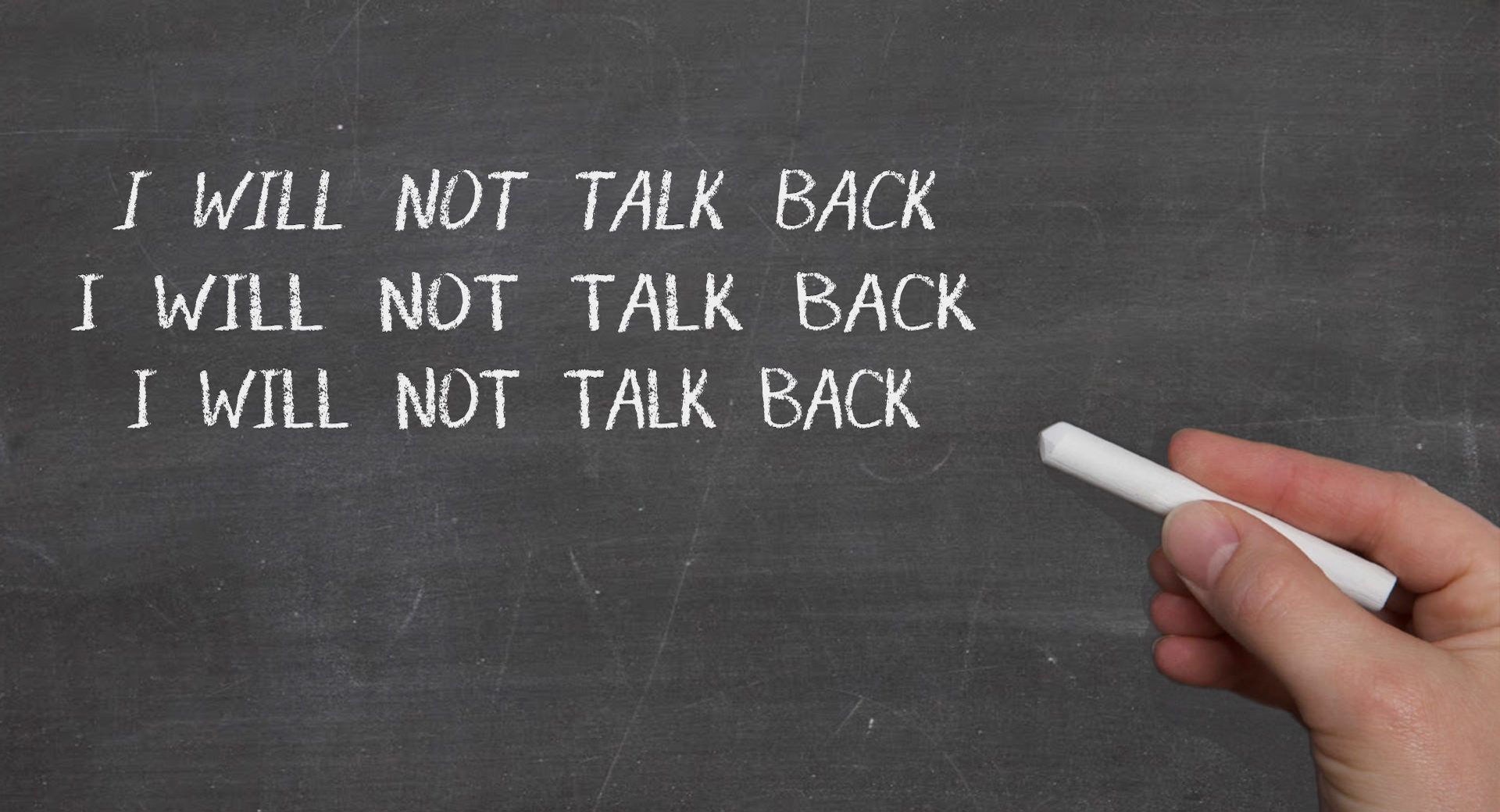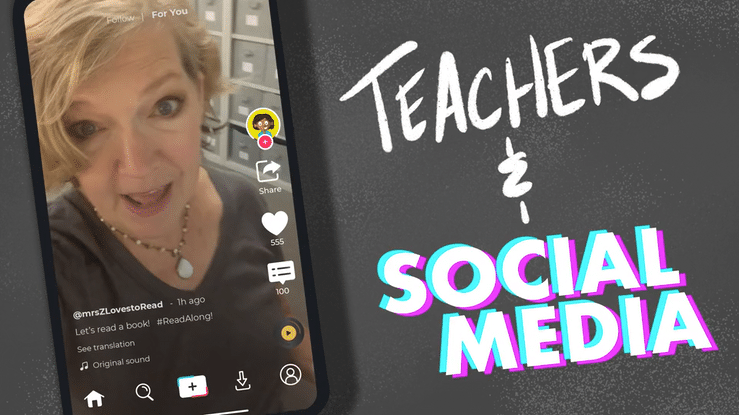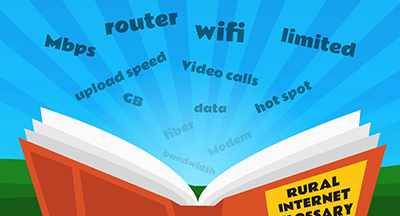
“I had to put my hands on my desk and he smacked them with a ruler.”
“My dad was called and I was sent home.”
“She drew a circle on the blackboard and I had to stand with my nose in it."
As ridiculous as it sounds, we're not very far removed from a time when these were all acceptable disciplinary actions in the classroom. When you think back to your own education, what methods of discipline come to mind? Do they differ from the methods you practice in your school today? Chances are, there's been a noticeable evolution.
We've come a long way, but what now? Countless studies are showing the powerful effects of positive behavior management. If your school isn’t one of the increasing number that are practicing these alternative approaches, perhaps the time is right to give them some consideration.
What's Wrong with the Traditional Model?
In a study of 1 million students in Texas, 60% were expelled or suspended between 7th and 12th grade. Of that 60%, 1 in 7 faced suspension 11 or more times. Doesn't that number feel ridiculously high?Suspension and expulsion are commonly used in schools to discourage students from practicing inappropriate behaviors. But pulling students out of class doesn’t fix root problems. On the contrary, if it's what a student wants, it can sometimes act as a reward. In all cases, it puts the suspended/expelled students further behind and makes them more likely to fail or drop out. Suspension and expulsion too often chauffeur students down a path that can lead to substance abuse, life on the streets, or time in prison.
That's exactly why some schools have chosen to enact disciplinary measures that do more to help all students reach their potential.
Let’s take a look at two positive methods being employed by forward-thinking districts today.
1) Restorative Justice
One specific method many schools are using is called restorative justice. Restorative justice is about helping students understand how they should respond to frustration. It focuses on teaching them the most effective ways to solve their problems and ask for help.Advocates of restorative justice view suspension as an “easy way out.” They believe it’s the responsibility of educators to get to the root of the problem, ensure students know why their behaviors were wrong, and make appropriate changes so they never happen again. With restorative justice, everyone is given the opportunity to explain why they acted as they did and to apologize (including the educator if, for example, harsh words were spoken).
There are many benefits to the restorative justice method. Students miss less school, they learn to communicate with their peers and elders, and they get real-world practice solving their problems in appropriate ways.
District Story: In Oakland, California, three schools began using restorative justice in 2005. “[Since then] graduation rates have increased by 60 percent, reading levels have increased by 128 percent, and chronic absenteeism has declined 24 percent.”
2) Positive Behavioral Interventions and Supports
Another method an increasing number of schools are using is called Positive Behavioral Interventions and Supports (PBIS), or school-wide PBIS (Sw-PBIS). This method emphasizes that, for positive behavior management to be successful, the entire school must work together and educators must present a unified front.Everyone who works or volunteers at the district, from administrators and teachers to lunchroom staff, substitute teachers, and custodians must understand what is expected of students. They must agree on which behaviors are appropriate, which should result in the principal’s involvement or a call home, and which are to be dealt with in the classroom. Students will learn to practice positive behavior at all times if they realize the bus driver can hand out positive points or that the librarian endorses the same classroom rules as their core-curricula teachers.
Students must also understand these expectations. In PBIS districts, instructors dedicate time to teaching behavior expectations the same way as they’d teach their curricula subjects. Students are expected to understand the rules and why they are in place. (Does keeping their feet out of the aisles eliminate a safety hazard?) They should be able to recite the standards and explain them, or demonstrate them in a live-action quiz, just like they’d be expected to during an exam or presentation.
The process is just that – a process. Becoming a PBIS district may take 3 to 5 years and a lot of trial and error. But as you work out the kinks and your students learn the rules, your district's new culture should be well worth the effort.
Note: If you’d like to delve further into PBIS, check out Randy Sprick’s Safe & Civil Schools approach.
8 Techniques to Try
Whether your district chooses to adopt pre-mapped methods such as restorative justice or PBIS, or to create your own plan of action, the following techniques can help you set your students up for academic and behavioral success.Create a Response to Intervention (RTI) program. Implementing an RTI program can help you identify at-risk students and create appropriate prevention and intervention plans to ensure no student falls through the cracks.
Consider external influences. Take the extra step and look into your students’ out-of-school lives. The circumstances they face beyond school walls can have a tremendous impact on the way they behave and the behavior they exhibit in class.
Be willing to communicate. When students and educators get into disagreements, oftentimes, both sides feel disrespected. Open, honest communication can end this ongoing battle and defuse harbored resentment. Talk with your students about why negative behaviors are occurring and suggest alternative actions. Discuss ways to remove circumstances that trigger negative actions and look for ways to replace such triggers with situations that elicit a positive response.
Expand beyond “Because I said so.” Students must understand why what they did was wrong. They must also appreciate the rules – why they were put in place and how everyone benefits when they are followed.
Criticize the behavior, not the student. Talk with students exhibiting problem behaviors about what they did, what they should have done, or why their actions were wrong. Never make generalizations discussing students’ character or personality traits.
It’s not just what you say – it’s how you say it. When talking to a student, use a neutral or positive tone. Never nag or act annoyed. Conversations in negative tones build walls, not bridges.
Never embarrass a student. If an issue occurs, show respect for the student, no matter what he or she did, by talking to him or her privately about it.
Reward appropriate behaviors. Shine the spotlight on positive behaviors rather than those that are negative. Research has demonstrated that this is the quickest, most effective way to teach students to “be good.” Rewards can take many forms such as verbal praise, a smile, a treat, a positive note home, or “cash” or points to spend at a school store or an event.
Related Resource: Behavior Management Tools
To learn more about Skyward's commitment to helping you pursue a more positive environment, check out our Behavior Management tools or contact us today.
WHAT'S NEXT FOR YOUR EDTECH? The right combo of tools & support retains staff and serves students better. We'd love to help. Visit skyward.com/get-started to learn more.

|
Leah Kruger Director of Product Management |




